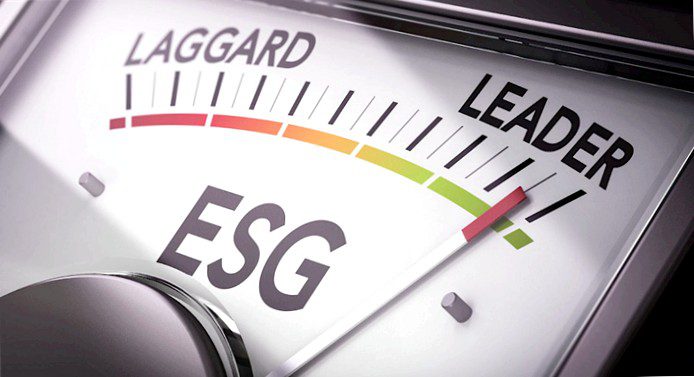
ESG ratings have come under fire for being highly divergent. But a diversity of approaches makes perfect sense, says Dhananjay Phadnis, portfolio manager Fidelity International.
When it comes to choosing a university or buying a car, rankings can help. But what happens when rankings diverge or even contradict each other? This is not just an issue for prospective students or car buyers. In the financial world, the divergence of ESG ratings is a topic of heated debate. "'Profoundly flawed', as a recent cover story in The Economist summed it up. An approach that focuses only on explicitly quantifiable metrics such as emissions has been recommended as a solution.
Meaningful impacts require more than one metric
But such an approach carries dangers, says Dhananjay Phadnis, portfolio manager Fidelity International. At worst, it would abandon improvements in other areas, and at best, it makes perfection the enemy of progress. So what are the challenges of different ESG ratings? "First, the comparison with credit ratings is inappropriate", says Phadnis. These sought to assess one parameter – the probability of default – while ESG ratings consider a variety to derive a rating. The more appropriate comparison, for example, is with U.S. university rankings, where multiple factors (graduation rates, faculty resources, etc.) also play a role.) are taken into account.
Why ESG ratings differ from one another?
A study by the Massachusetts Institute of Technology found correlations between ESG ratings between 0.38 and 0.71, a wide margin. Given the current state of ESG investing, however, Phadnis said there is a strong case for it:
- Providers have different views on which factors and with what weighting they impact the E, S or G ranges
- The large number of data points used, which includes proprietary datasets and estimates
- Whether ratings are applied on a relative basis within a sector or on an absolute basis for the entire universe.
The good side of ratings divergence: the case for diversity
Authorities and organizations have addressed the divergence of ESG ratings. Published papers largely agree that a diversity of views, independent methodologies, subjective assessments, innovation and competition can be beneficial to markets and investors. However, they caution against mechanistic approaches with over-reliance on ESG ratings. If there is a common goal, it is to standardize data.
Simplification to isolate ESG factors is not so easy (for now)
"There are certainly advantages to simplification" says Phadni,s "but even this data-driven approach is not so simple, as seen in the emissions example. Although more than 13,000 companies participate in surveys conducted by CDP, an organization that measures environmental footprints, data on Scope 1 (direct) and Scope 2 (indirect) emissions is still quite sparse." According to MSCI, the disclosure rate for MSCI ACWI members was below 40 percent, while the disclosure rate for Scope 3 (full value chain emissions) was below 25 percent. Trying to collect more complete data could actually lead to more rating differences in many cases, he said. Emissions data providers are attempting to close the data gap using a variety of techniques: estimates, proprietary tools, and company-announced targets.
Focus carries significant risks
For Phadnis, a narrow focus risks missing an important point: Corporate governance and community behavior are also critical to achieving desired goals in other areas, according to the emissions. "Any company that ignores stakeholders will eventually flounder. Purdue Pharma and the opioid epidemic and Nikola and misleading information are just two cautionary tales", says Phadnis.
No substitute for hard work
Over time, efforts to standardize the range of ESG data and improve disclosure would make valuations comparable and increase correlations. Until then, market participants would need to do their homework and understand the process underlying a particular ESG rating. Even better, they develop a robust methodology of their own, according to Phadnis. At the same time, investors should recognize that different ESG ratings also reflect a diversity of views – and that is never a bad thing.